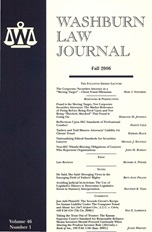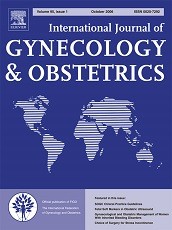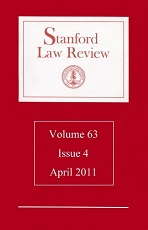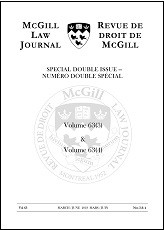Katherine A James

Extract
There is concern that conscience clauses for pharmacists will lead to pharmacists refusing to fill prescriptions outside the area of contraception. For example, pharmacists who believe AIDS is a punishment from God may not fill a patient’s prescription for AIDS medication. Doctors who think children should only be born to heterosexual, married couples may not provide adequate fertility treatment or may not encourage their patients to explore their options fully. The current trend of pharmacists refusing to fill prescriptions because of personal beliefs violates a woman’s constitutional rights, a pharmacist’s duty of care, and a woman’s right to confidentiality. Forcing pharmacists to fill prescriptions that conflict with their religious beliefs also violates their constitutional right to free exercise of religion. Allowing individual pharmacists to decline to fill prescriptions while mandating that pharmacies have a policy to ensure that customers’ needs are met will help alleviate the concerns of both parties to the conflict. Thus, any legislation that is enacted should balance the needs of both pharmacists and patients.
James KA. Conflicts of Conscience. Washburn Law J. 2006 Jan;45(415-435).




